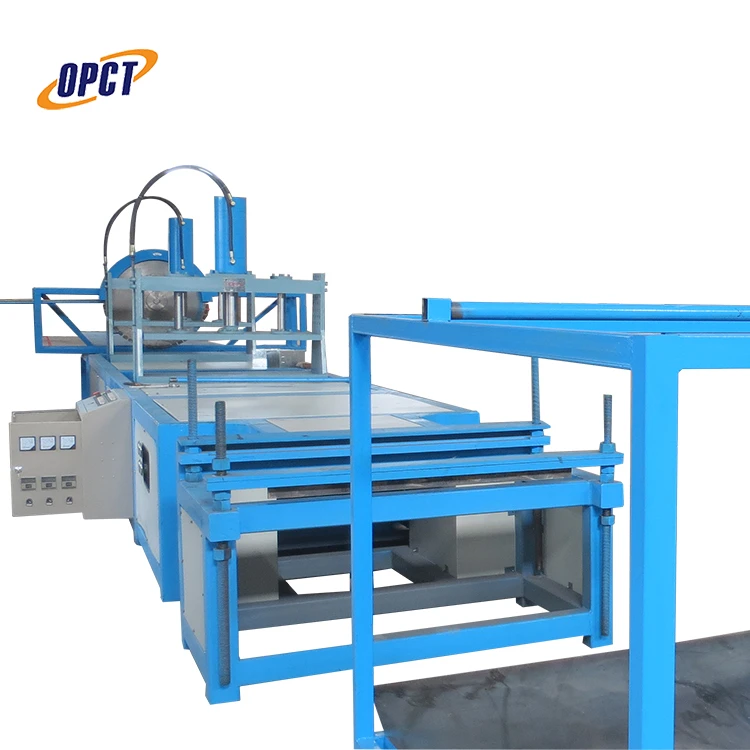Pultruded FRP grating, a term that might sound complex, is a game-changing material in the world of industrial flooring and infrastructure solutions. Drawing from a wealth of practical experience in the construction and materials industry, this article dives into why pultruded FRP grating stands out in terms of performance, reliability, and versatility, making it an indispensable choice for various applications.

Pultruded FRP, or Fiber Reinforced Plastic, grating is renowned for its exceptional strength-to-weight ratio. This is achieved through a manufacturing process known as pultrusion, where continuous fiberglass strands are pulled through a resin bath and formed into a specific shape. This results in a composite material that is not only lightweight but also incredibly strong. In industries where weight is a critical factor—such as aerospace, marine, and infrastructure—pultruded FRP grating offers a competitive edge by reducing load without compromising on structural integrity.
In environments where corrosion is a constant threat, pultruded FRP grating shines. Traditional materials like steel and aluminum quickly succumb to rust and degradation when exposed to chemicals or seawater. Pultruded FRP, in contrast, offers excellent resistance to a range of corrosive substances. This makes it particularly suitable for chemical plants, wastewater treatment facilities, and coastal structures. From direct industry feedback, maintenance teams have reported significant reductions in repair and replacement costs after switching to FRP grating, underlining its long-term cost efficiency.

The non-conductive nature of pultruded FRP grating is another attribute worth highlighting, especially in settings where electrical safety is paramount. Unlike metallic grating, FRP does not conduct electricity, providing an added layer of safety in electrical substations and areas prone to high static discharge. This safety feature is often cited in case studies where companies have experienced fewer incidents related to electric hazards after installing FRP solutions.
Customization is also an area where pultruded FRP grating excels. Available in a variety of shapes, sizes, and colors, it can be tailored to meet the specific aesthetic and functional requirements of a project. Architectural firms appreciate the material for its adaptability, having successfully integrated it into both modern and traditional design paradigms. Moreover, anti-slip surfaces can be incorporated, enhancing safety without sacrificing style—a detail often emphasized by construction engineers who prioritize worker safety.
pultruded frp grating
Environmental considerations are increasingly shaping material choices, and pultruded FRP grating answers this call with its sustainability credentials. The process of manufacturing FRP grating is less resource-intensive compared to traditional materials. It uses fewer natural resources and generates lower emissions, aligning with global shifts towards green building practices. Notably, FRP grating can be recycled, making it an eco-friendly choice for conscientious projects aiming to minimize their carbon footprint.
Authoritative institutions and expert panels repeatedly endorse pultruded FRP grating for its reliability and performance. Organizations such as the American National Standards Institute (ANSI) and the Occupational Safety and Health Administration (OSHA) reference FRP grating in their guidelines, underscoring its acceptance in diverse industrial applications worldwide. Research studies published in leading engineering journals have consistently documented the material's superior durability and adaptability, further cementing its status as a trusted solution.
In discussions among industry leaders, the trustworthiness of pultruded FRP as a product is unwavering. This confidence is built on decades of empirical data and field performance, backed by certifications from renowned testing bodies. Clients across industries—from petrochemicals to transportation—have shared unsolicited testimonials about FRP grating's reliability, often citing improved project outcomes and enhanced safety records.
In conclusion, pultruded FRP grating is not just another material option; it represents a synthesis of innovation and practicality. Its attributes address the demanding needs of modern infrastructure, ensuring safety, lasting performance, and cost-efficiency. As industries continue to evolve, the reliance on materials like pultruded FRP grating will only grow, driven by a proven track record and an unrelenting push towards sustainable development.




